Franco-Mexican artist, architect, polymath and interior designer Hugo Toro has burst onto the world scene with landmark projects that include London’s St Pancras, Paris’s Charles de Gaulle Airport and New York’s Payne Whitney Mansion. Effect sat down with Toro to discover the processes and influences driving this extraordinary talent.
Hugo Toro is fast becoming one of the world’s pre-eminent designers. In his relatively short career, the young Franco-Mexican has been handpicked by discerning private clients and entrusted by prestigious establishments and public institutions to design a broad range of complex and high-profile interior environments.
Born to a Mexican mother and French father, Toro describes having “two very distinct atmospheres” present in his life from a young age. “Mum was very warm and creative. Dad was formal. It was a real dichotomy,” he explains. “In a subliminal way, my upbringing skewed more towards the Mexican influence from my mum, who introduced me to the likes of Frida Kahlo, Luis Barragán and Diego Rivera as a young child. Our home was full of colour, and dinner was always a convivial affair, with a warm ambience and plenty of flowers.”
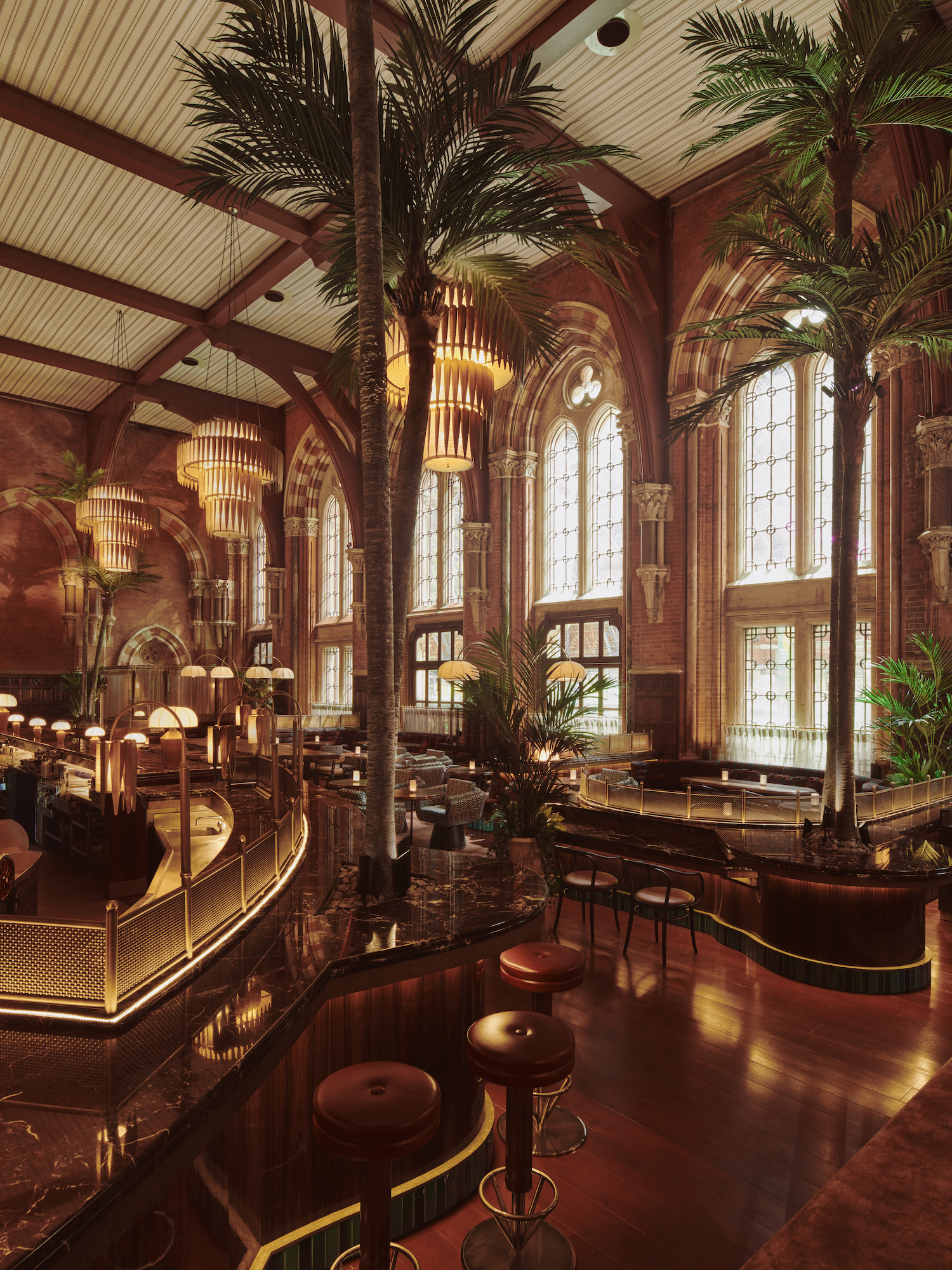
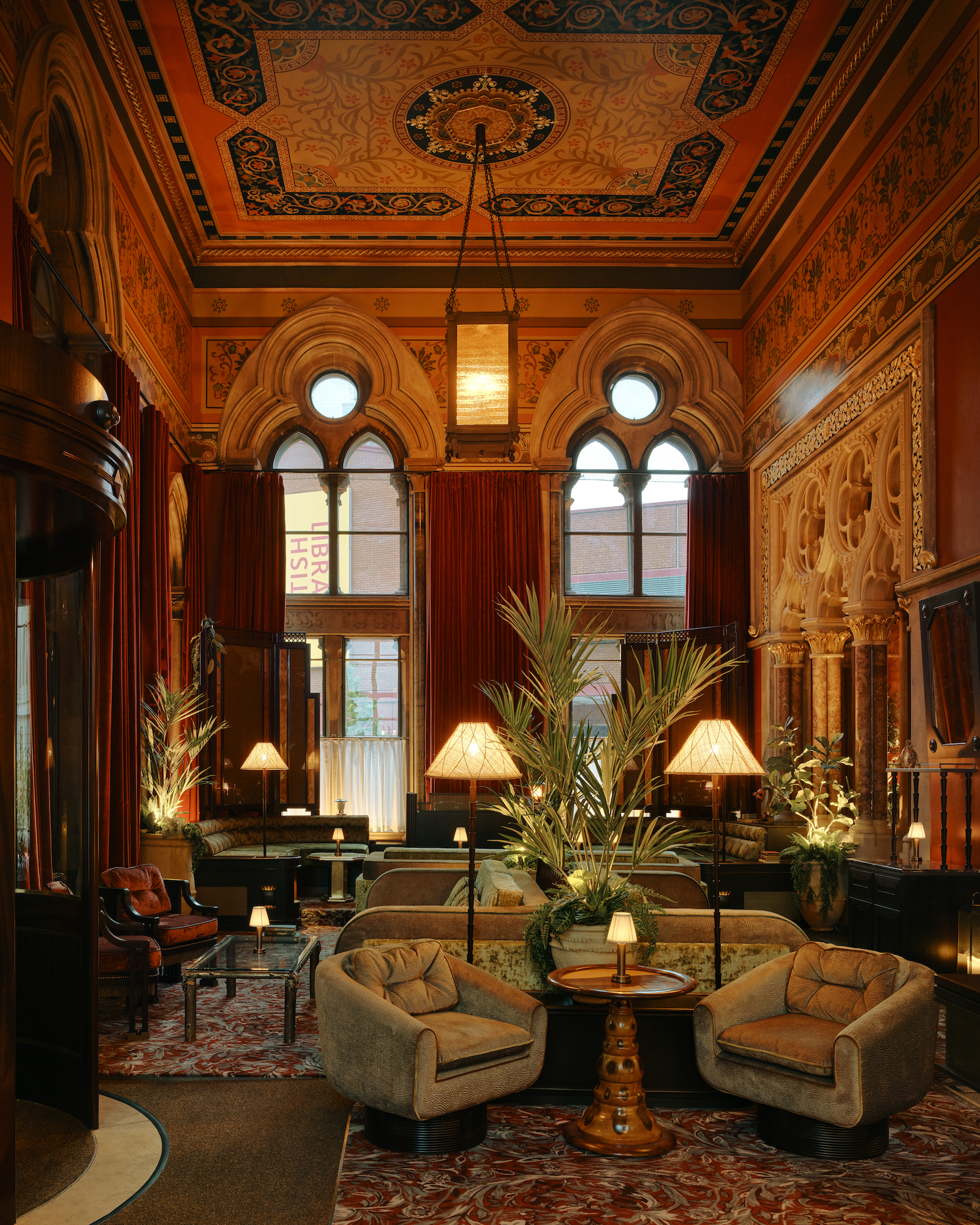
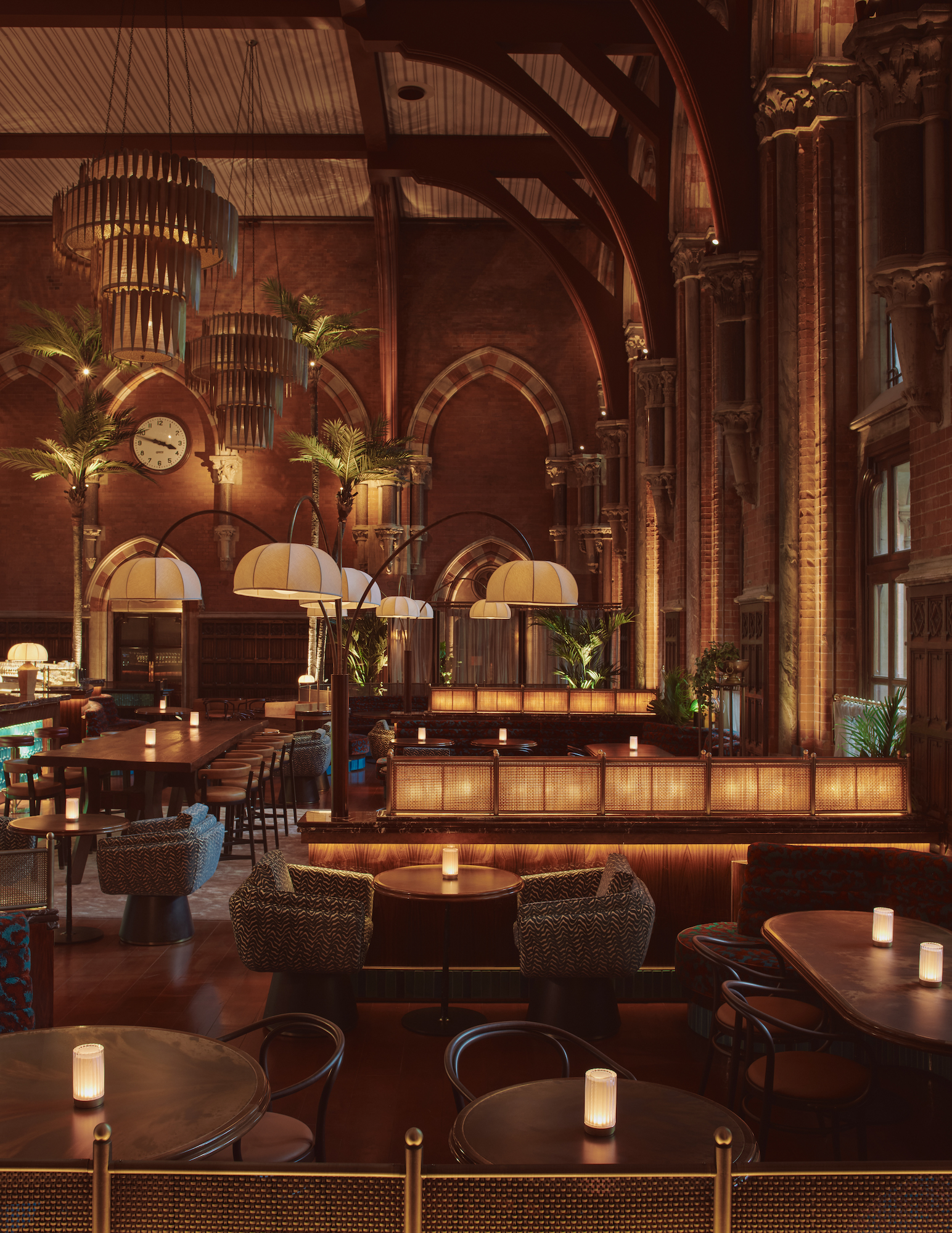
This early influence set root in the designer’s psyche as the bold flourishes and confident use of colour and manipulation of scale that regularly dominate his work – note his extraordinary pairing of reds and greens, particularly in his own apartment. But even more evident in the designer’s oeuvre is a maturity in interpreting historical context paired with an unflinching confidence in his own instincts.
Toro studied interior design in Paris, completed an informative exchange programme in Australia, and then completed a Masters in Architecture at the Academy of Fine Arts Vienna before a second masters at UCLA. “The move to Austria felt sudden but it wasn’t long before I became influenced by the likes of Adolf Loos and Otto Wagner and started to become obsessed with drawing.”
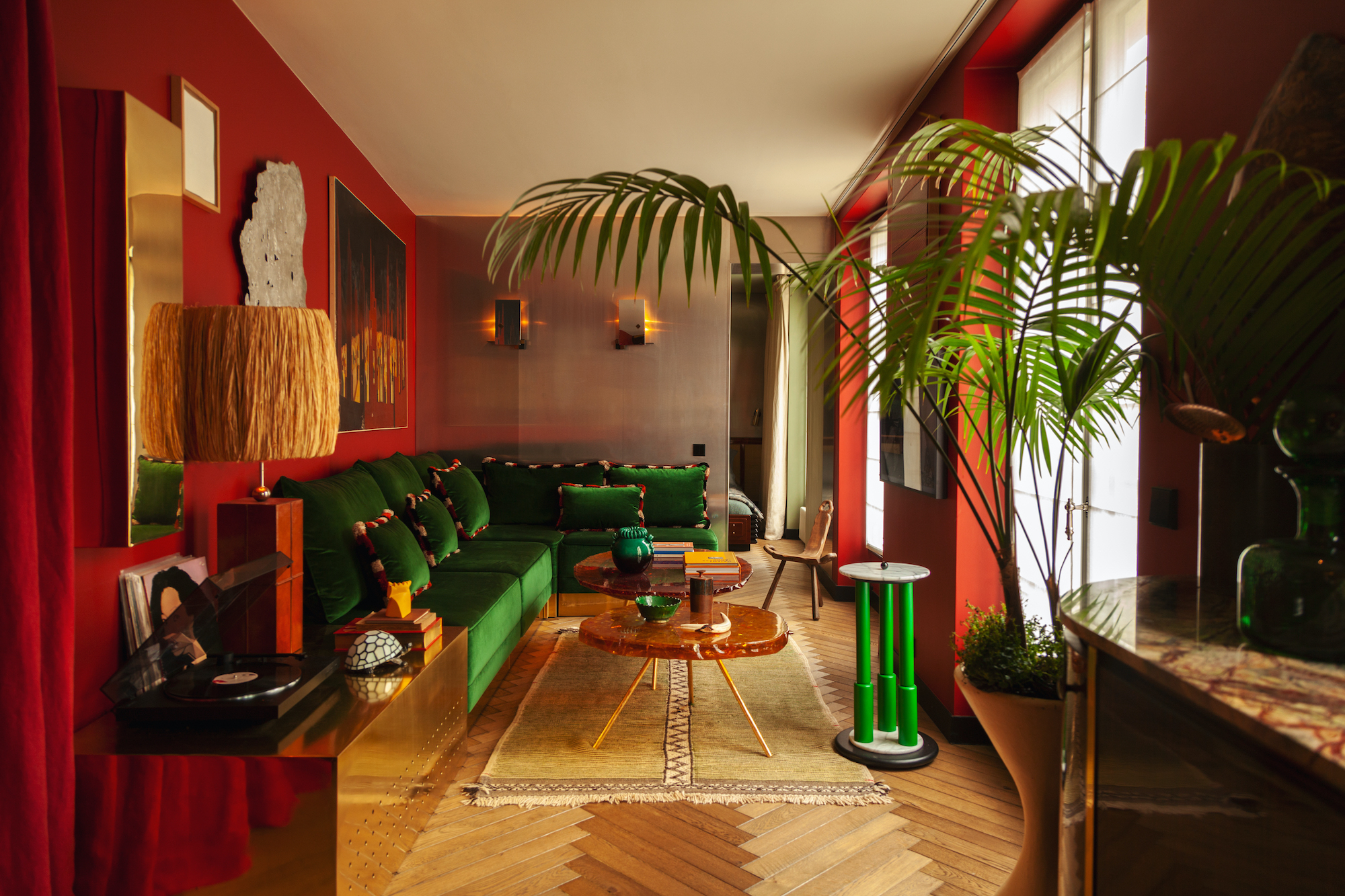
Toro – iPad or sketchbook in hand – is always drawing, sparked by whatever takes his interest. “I am inspired by nature, fashion, art, you name it,” he says. “I have a photographic memory and can draw from visual images in my mind as and when I need them.” The designer holds up his iPad to reveal a series of beautiful hand-illustrations of lilies, to be converted via CNC (computer numerical control) carving into curvaceous panels for the historic Villa Albertine (more about that later).
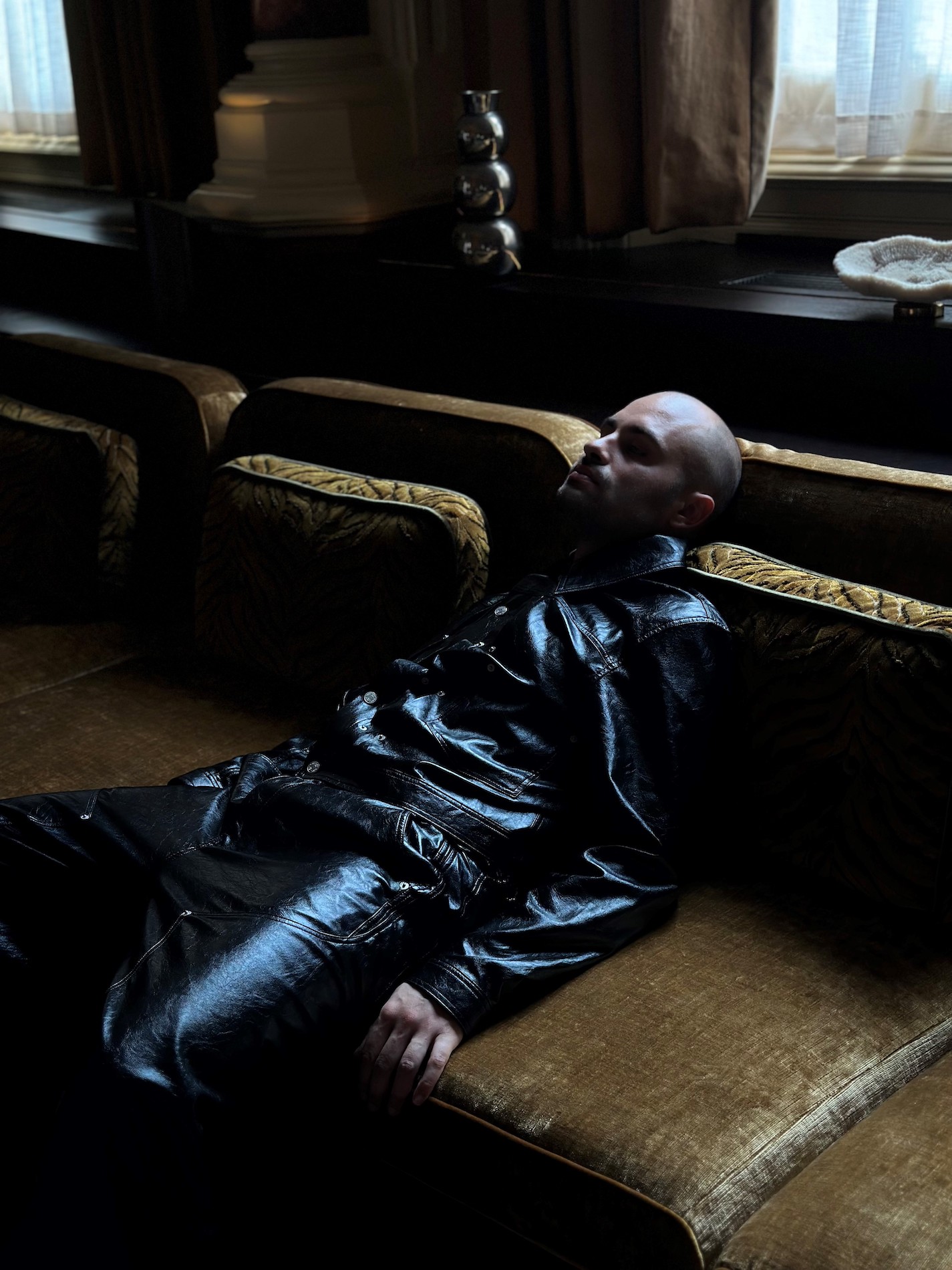
Toro also considers himself a storyteller, with narratives a dominant feature in his work. The designer talks about the way in which his life unfolded as a story, and how he has inculcated this idea into his work, with particular reference to connecting his design to its historic and geographic context. It’s not always immediately tell-tale, but as you delve into the palimpsest of each of his projects, his intentions become apparent.
You have to understand historical context in order to create something new.
Hugo Toro
“You have to understand historical context in order to create something new,” he explains. “In Booking Office 1869, The Midland Grand Dining Room and Gothic Bar [opened as part of the latest phase of the regeneration of St Pancras Station in Kings’ Cross, London], we were dealing with deep heritage, which I love. At St Pancras, I love the English and French connection. Like Kahlo, it had a split. I don’t believe in pop-up style – in pretension – so I turned these projects into something contemporary and exotic but with very strong references. As a result, both spaces are grand and lofty where marble columns, gilded mouldings, terracotta-hued walls and massive palm trees transport you back to a Victorian era when dining was a spectacle and somewhere to see and be seen, yet where a modern sensibility – and the influence of nature – pervades.
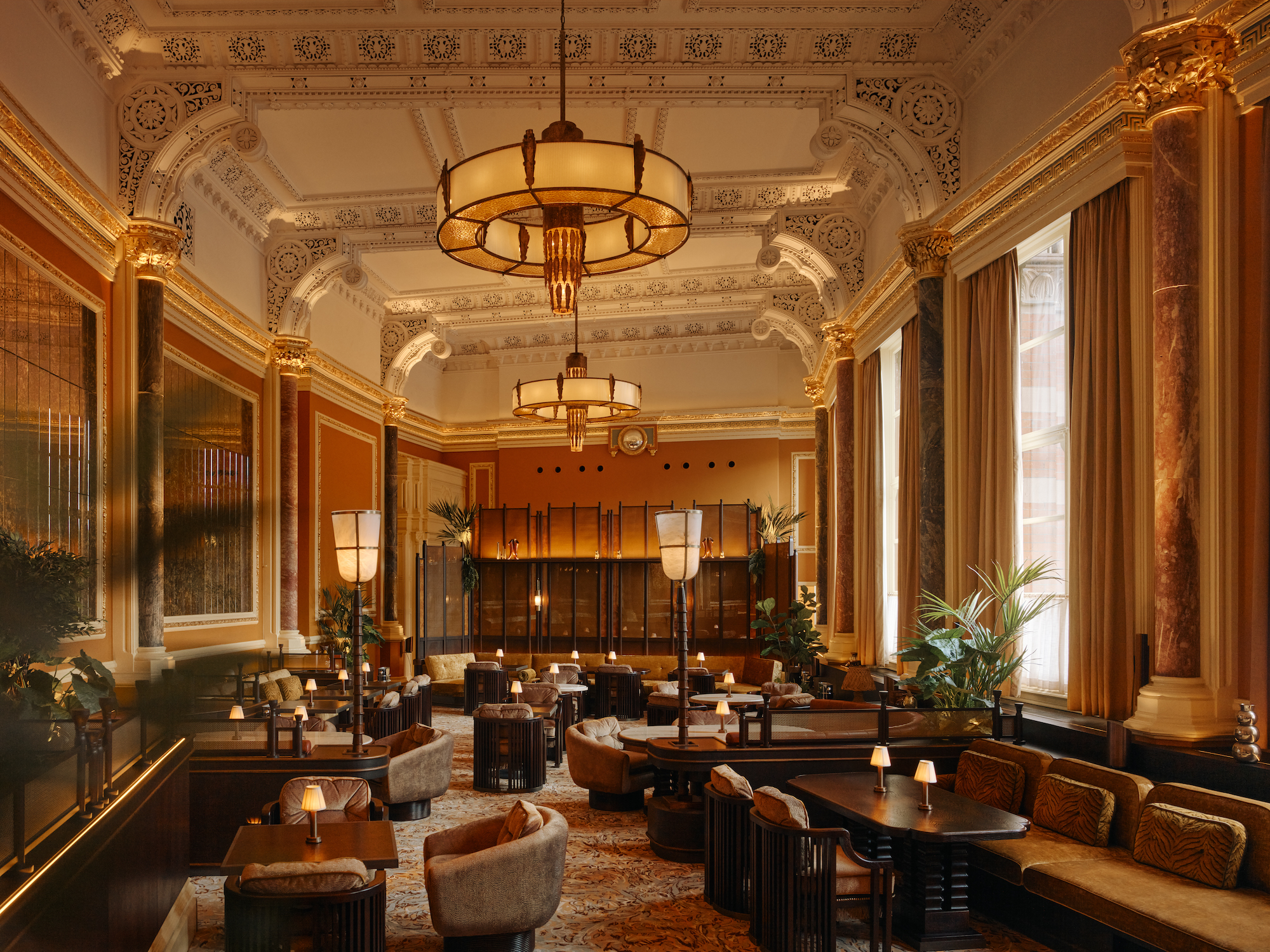
In Apartment Saint Peres (at article head and below), designed for single male client, Toro set the design fraternity alight with his lyrical and sculptural combination of hues and furniture curation – with particular mention of an unexpected pop of colour in the form of an apple-green version of Le Corbusier’s LC4 Chaise Longue for Cassina. “The intention in the apartment was to create a stratification of layers, levels of detail within the classic sophistication of the Haussmannian apartment,” he explains. “For example, the rotating panels and the wall patina create tension and break the classical rhythm versus reinforcing it.” The effect is simply riveting, a project one can easily return to time and again to appreciate fresh nuances and details.
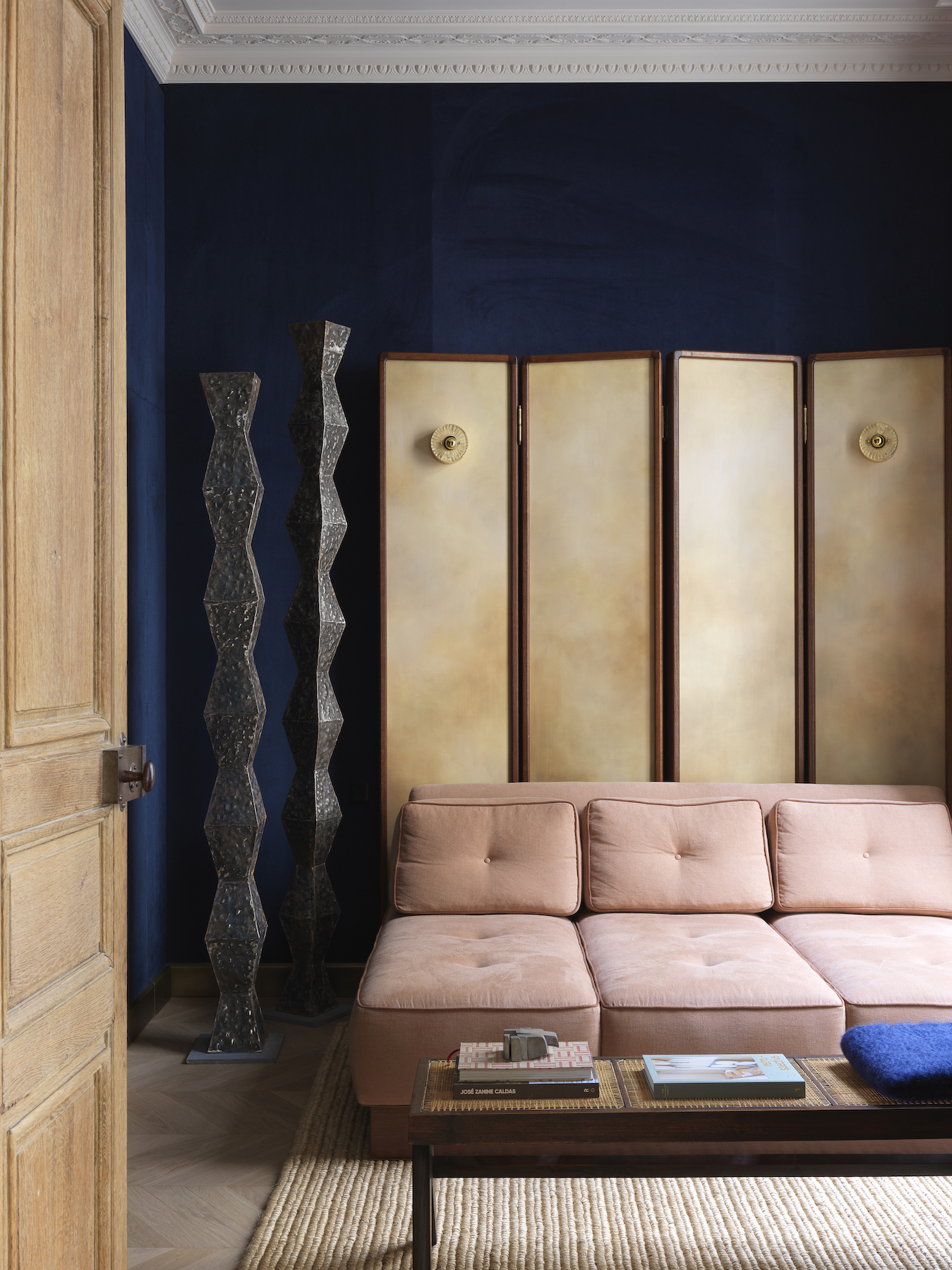
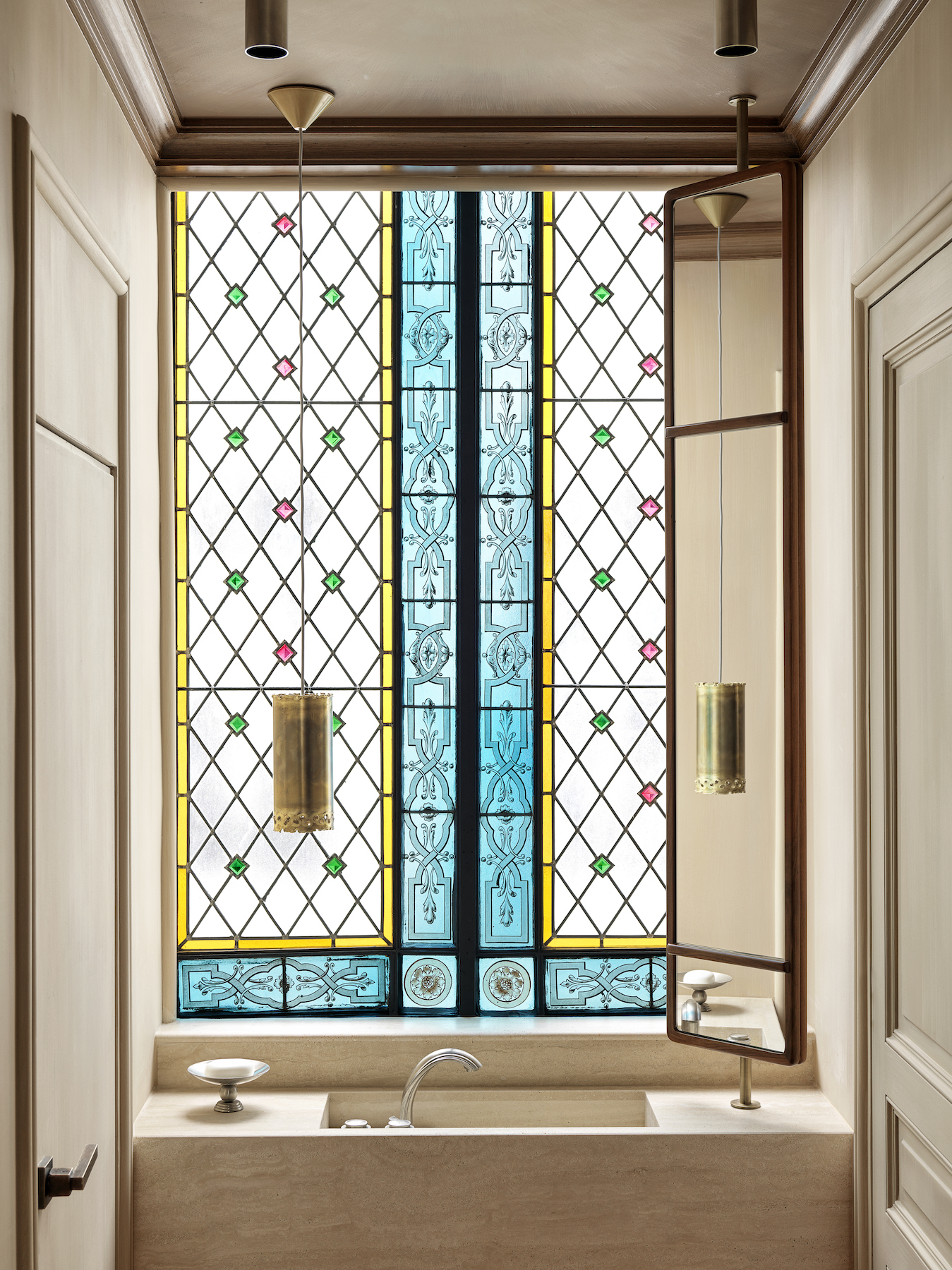

His public lounge at Charles de Gaulle airport has the same sense of character and harmony, despite the challenges inherent in designing an intimate space within a monumental structure. “Charles de Gaulle is a place where time is suspended and everything is synonymous with wellbeing, luxury and an invitation to travel,” Toro says. “The lounge is inspired by Ernest Hemingway’s short stories, the Orient Express, Art Nouveau and the desire to bring nature into a really brutalist concrete environment.” To that end, the designer chose sustainable, distinctive and luxurious materials that wouldn’t typically be used in a commercial airport, from green Guatemalan marble to hammered brass. “I can do eclectic work, but I always aim to create balance between the elements,” he explains.
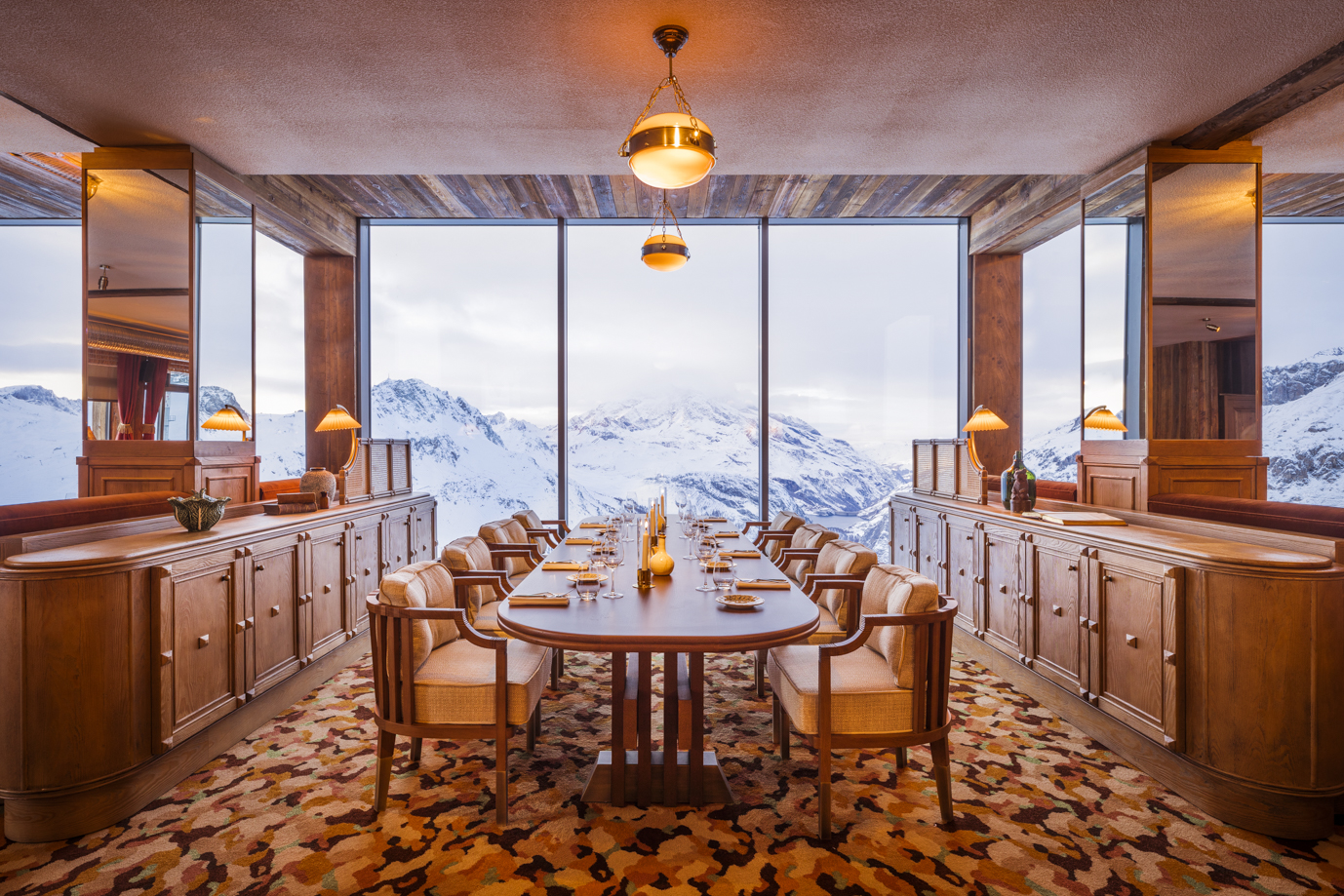
In 2022, the designer was selected to work on the remodelling of the Payne Whitney Mansion in New York City, historic gilded-age landmark that serves as Villa Albertine’s headquarters. It’s a major commission, one that has Toro immersing himself in the historic collection of Mobilier National. “The Mobilier is a major French cultural and conservationist institution, in charge of furnishing the official spaces of the French Republic,” Toro explains. “I have the opportunity to select pieces from its historic collection of decorative art, object and furniture.”
Aside from ongoing work with the French hospitality group Gigi’s (for whom Toro has designed three unique restaurants), a slew of private residences and projects in Marrakesh and Ibiza plus the first Orient Express hotel in Rome, Toro is also working on producing furniture and developing his painting skills – an endeavour he hopes to dedicate one day a week to in the coming year. It’s a tantalising lineup.
Read more: Interiors | Interior Design | Mobilier National | Paris | London | New York



